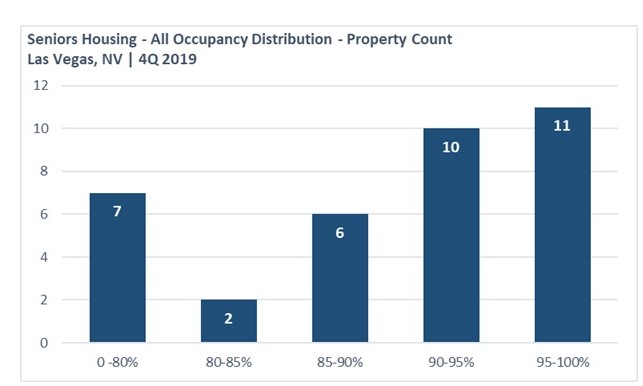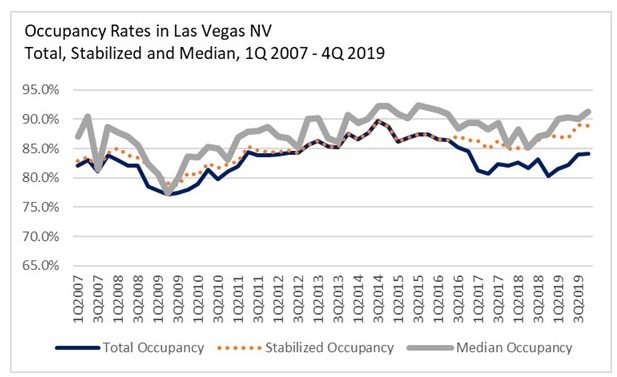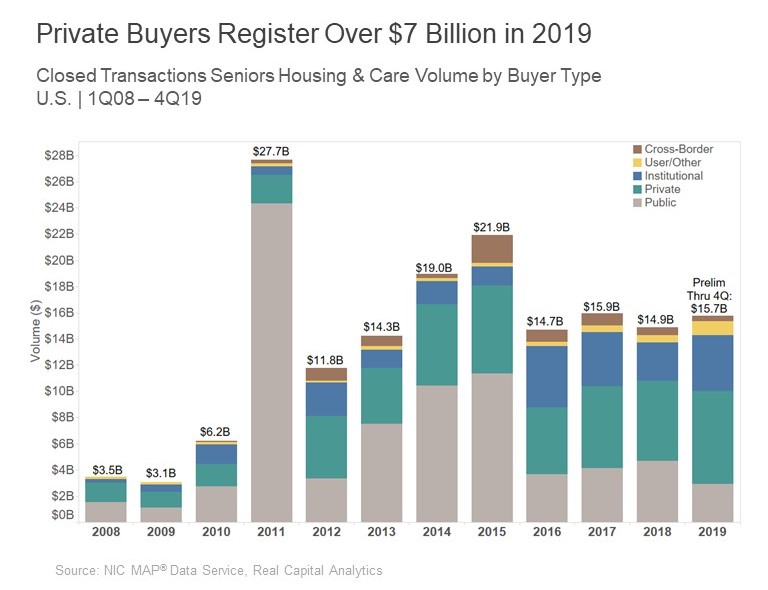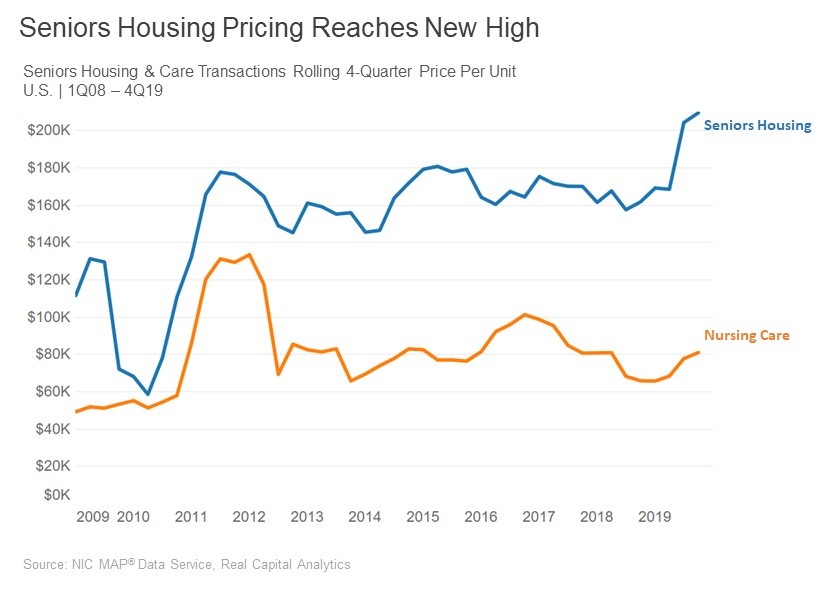A No-Cost At-Home Pedicure for Mom?
Imagine a world where your mom could have regularly scheduled pedicures in her own home. Now imagine that there is no out-of-pocket cost for this service, as it is in fact a benefit provided to her by her insurance plan.
That doesn’t sound like the real world does it?
What I learned at The Third Annual Medicare Advantage Leadership Innovations conference last month is that this may not be such a fantastical idea. The insurance plan provides this special supplemental benefit because your mom is diabetic, and this regular check-in allows them to monitor and manage her diabetic foot pain in a way that they otherwise couldn’t. Medicare Advantage insurers are increasingly demonstrating their creativity as they continue to think about ways to establish touch points between their beneficiaries and their health providers.
Notice that I said health providers, and not healthcare providers. That’s because Medicare Advantage insurers are beginning to focus on population health, including social determinants of health like community environments and lifestyle behaviors. This is true now more than ever, with the rollout of of the CHRONIC Care Act’s Special Supplemental Benefits for the Chronically Ill. Because population health is intrinsically a long-term strategy, these plan providers are beginning to think more like health managers than health insurers.
With the push for value-based care and a focus on preventing the need for expensive acute care settings, MA plan providers are deploying new tactics. These include strategic partnerships with home- and community based organizations, addressing food insecurity and social isolation, and cultivating a keen understanding of what supplemental benefits are desired and needed by their beneficiary populations.
The most recent CMS data indicates that approximately 24 million seniors and people with disabilities are enrolled in such MA plans. Savvy seniors housing operators may be wondering how they can affiliate themselves with these insurers to provide both better care and a better experience to their residents. Bolder seniors housing operators may even find themselves starting their own MA plans, considering the ways in which they could oversee care delivery to their own residents and get direct access to the healthcare premium dollars.
In-Home Care Improves Outcomes and Reduces Hospitalizations
It’s commonly thought that one of the most vulnerable times for any patient is the transition home from the hospital. Several challenges might lie ahead. In the hospital, patients are checked on every two hours, but that ends at discharge. Transportation challenges such as getting to followup appointments and being able to pick up new medications can appear. There may be nutrition challenges such as ensuring the food in the refrigerator hasn’t expired or having access to fresh food. Mobility challenges exist such as navigating steps or simply getting into the bathroom or shower safely. All these challenges greatly increase the risk of rehospitalization to the patient.
Medicare Advantage insurers are now deploying home health aides to member homes within 24 hours following discharge from the hospital. Frequent check-ins by aides, with immediate, real-time reporting has been shown to improve health outcomes.
Medication adherence following hospitalization can be problematic. New medications are often prescribed, while previous ones are discontinued. New routines must be established to ensure all medications are taken on a timely basis. This challenge creates an amazing opportunity for these home health aides. While they aren’t “hand to mouth” pill givers, they can report on whether the patient is taking their medications. They can tell if patients are taking too much or too little of their medications. They are also often told by patients why they aren’t taking a medication, perhaps because of an unwanted side effect.
All the insights obtained during this face time with patients can be reported back as actionable information. These aides are helping to mend a fragmented care system and allow for more timely deployment of interventions to patients.
Addressing Food Insecurity
If Medicare Advantage insurers are really interested in preventing ED utilization and hospitalizations, starting with food insecurity can be a big win. Food insecurity refers to a lack of access to enough food for an active, healthy life and uncertain access to or availability of nutritionally adequate foods. A review of Feeding America’s“Mind the Meal Gap” food insecurity map shows that this problem exists in every community, and food insecure patients are more likely to develop chronic conditions, such as diabetes, hypertension, and cardiovascular disease. A recent JAMA publication shows that nearly 1 in 10 Medicare enrollees age 65 and over experiences food insecurity and that food insecure individuals often report making trade-offs between food and medication.
Humana decided to address the food insecurity problem after identifying that it was the leading cause of their members’ unhealthy days. What Humana understands is that by addressing the needs of the whole person, they can avoid the much costlier alternatives. By piloting programs early, creating physician toolkits to screen for food insecurity, and developing food insecurity predictive models, Humana was able to effectively reduce the acute-care utilization of its members. For each one-day change in unhealthy days, they realize a reduction of ten hospital admissions per 1,000 patients.
Addressing Social Isolation and Loneliness
Social isolation is second only to food insecurity in creating unhealthy days for MA plan members. Social isolation and loneliness can lead to increased disease burden (particularly Alzheimer’s disease), higher risk of depression, greater chance of premature death, and an overall increase in ED and hospital utilization. Yet, 43% of adults report being lonely.
Enter organizations like Papa. Papa pairs motivated college students with older adults and families who need companionship and assistance with everyday tasks. Papa partners with health plans not only to address loneliness, but to provide transportation for appointments, medication pick up, and church or gym attendance.
Some Medicare Advantage insurers have even used a “two birds, one stone” tactic to address both food insecurity and loneliness. Partnerships with organizations like Meals on Wheels or Hunger Action Alliance rely on meal deliverers to do more than simply drop food off. They engage with members, reporting back on home conditions, medication adherence, and other concerns identified during their visit. Making the most out of existing resources again demonstrates the out-of-the-box thinking being highlighted by the conference.
Takeaways
The Medicare Advantage landscape includes both seasoned insurers and new startups. Whether you are an insurer covering several million lives or several thousand, the key takeaway from my attendance at MA Leadership Innovations is that if you want to foray into the value-based landscape of Medicare Advantage, you must be prepared to address all of the contributing factors to health, not just those deemed to fall within the “healthcare” slice. Tactics must include strategic partnerships with home- and community-based health organizations, ways to address food insecurity and social isolation, as well as a keen understanding of what supplementary benefits are needed by your beneficiary population.
For senior living providers, the possibilities to bring care coordination and care delivery directly to your residents where they live are exciting. You can choose to partner with major Medicare Advantage plans or with health provider organizations that focus on high need, high cost seniors. Or, you can form your own MA plan with other senior living organizations. Each is an opportunity to have your residents receive benefits paid for by their health insurance, enabling them to stay out of the ED and the hospital and live longer in your community. That is a game changer!







